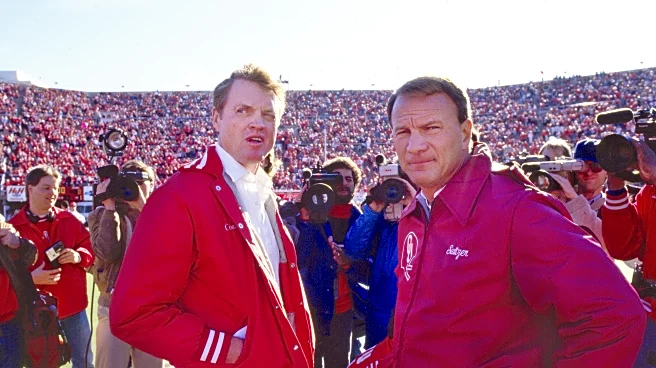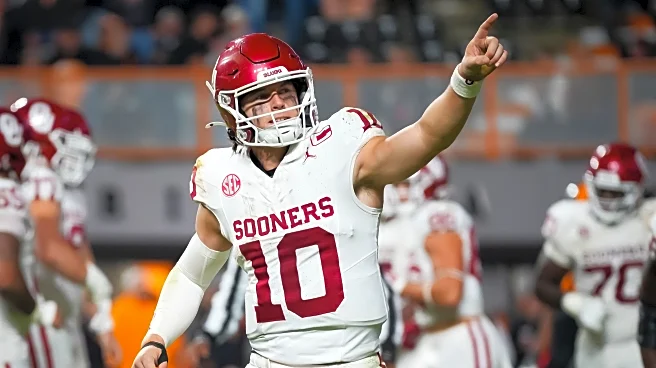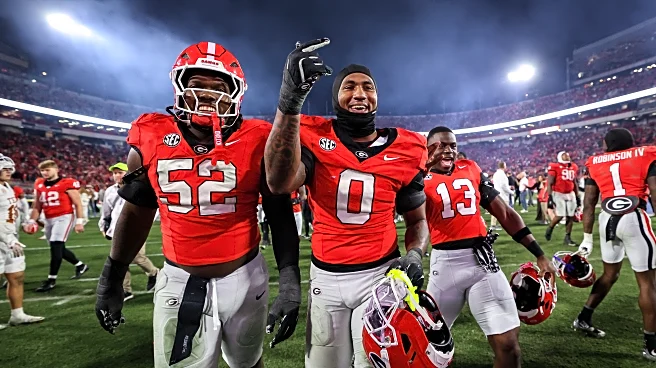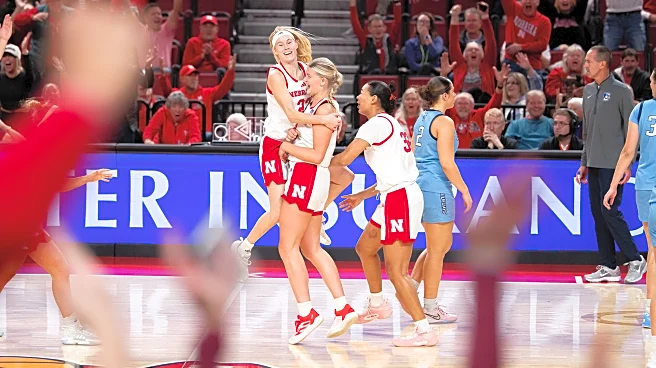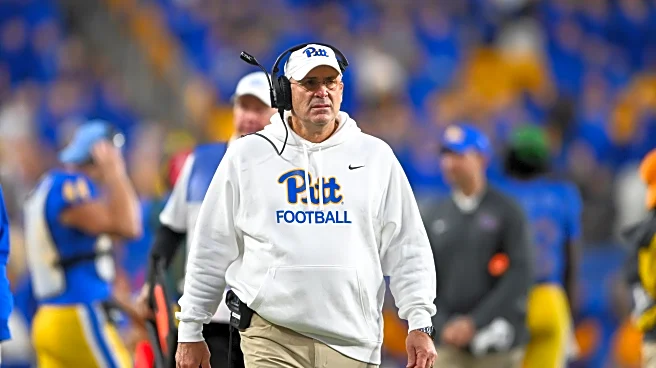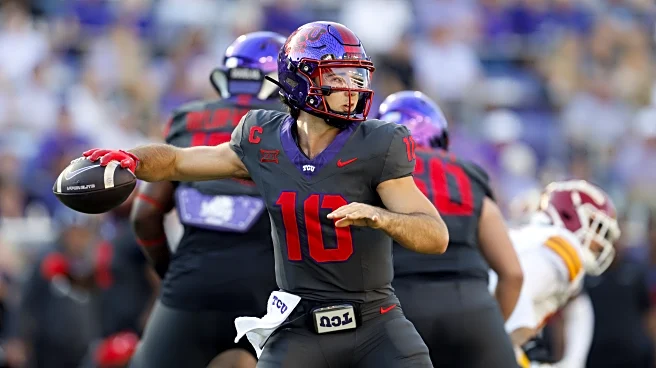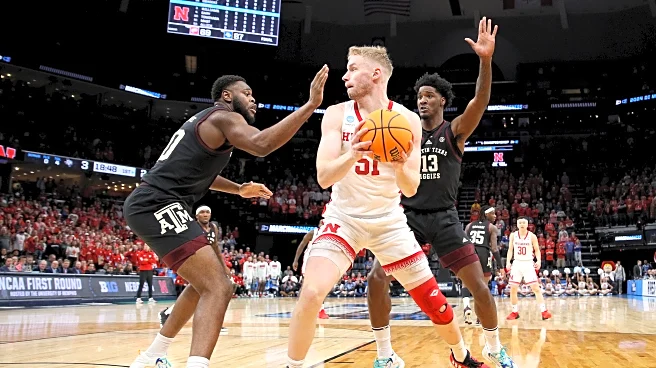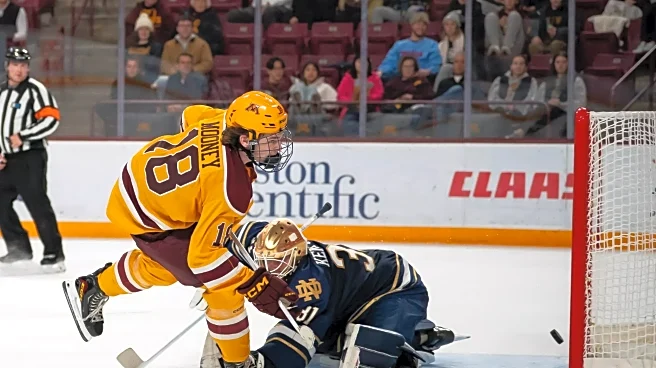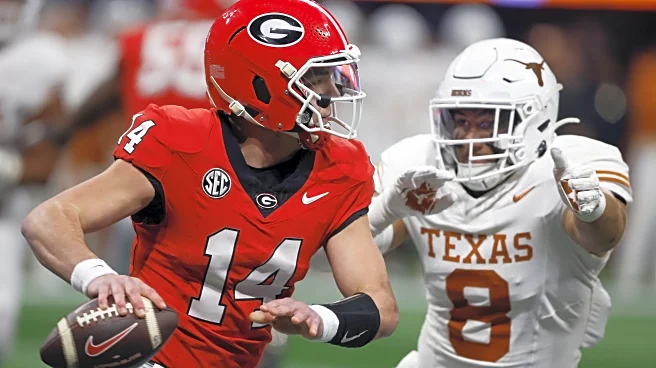On Thanksgiving Day 1971, America stopped. Sixty million people gathered around television sets to witness something unprecedented: the #1 Nebraska Cornhuskers versus the #2 Oklahoma Sooners. Both teams
entered undefeated. The Big 8 championship, the consensus national championship, and the Heisman Trophy were all on the line.
Sports Illustrated’s cover captured it perfectly: “Irresistible Oklahoma Meets Immovable Nebraska.”
Players vomited from nerves before kickoff. Nebraska brought their own food to Norman, fearing Sooner sabotage. President Nixon scheduled calls to both coaches after the game. The atmosphere was electric, the stakes absolute.
When Johnny “The Jet” Rodgers fielded a punt at his own 28-yard line, got hit, spun around, broke free, and raced 72 yards for a touchdown while eluding future legend Greg Pruitt, legendary broadcaster Lyle Bremser’s call echoed across the plains: “Holy moly, man, woman, and child did that put ‘em in the aisles!”
Nebraska would eventually prevail 35-31 after Jeff Kinney’s fourth touchdown and the Blackshirts’ goal-line stand. Thirty thousand fans met the team at Lincoln Airport – so many that the plane couldn’t reach the gate.
It’s been called the Game of the Century. But for modern fans, it’s ancient history.
How Greatness Was Built
The rivalry’s beginning was humble. Nebraska dominated early matchups, holding a 16-3-3 record through 1942. But everything changed in 1947 when Oklahoma hired 31-year-old Bud Wilkinson.
Wilkinson transformed Oklahoma into college football’s first true dynasty. Three national championships. The still-unmatched 47-game major college winning streak from 1953 to 1957. A seemingly impossible 74-game conference unbeaten streak. He pioneered the split-T formation, became the first football coach to host his own television show, and exported the Oklahoma system nationwide through coaching clinics.
From 1943 to 1958, Oklahoma won 16 consecutive games against Nebraska. The scores were brutal: 55-7, 41-0, 54-6. This wasn’t a rivalry – it was an annual exhibition of dynastic power.
Meanwhile, Nebraska football hit rock bottom. From 1941 to 1961, Nebraska suffered the second-most losses in all of college football with 125 defeats. Memorial Stadium sat half empty. Lincoln banks purchased ticket blocks and left them on counters for customers, free of charge.
The Bobfather Arrives
The transformation began in 1962 with Bob Devaney’s arrival from Wyoming. He wasn’t Nebraska’s first choice – he was their fourth. But as Michigan State’s Duffy Daugherty pitched: “You can win a national championship at Nebraska, something Wyoming is unlikely to attain.”
The impact was instantaneous. Devaney’s first team went 9-2. After his arrival, Nebraska embarked on a 49-year stretch with the most wins in the nation. The same program that had suffered the second-most losses for two decades became college football royalty.
The breakthrough came in 1963 when Nebraska defeated #6 Oklahoma 29-20, deciding both the Big 8 championship and Orange Bowl berth for the first time. The lopsided series was about to become legendary.
A 16-Year Chess Match
The rivalry’s golden age from 1973 to 1988 was defined by two Hall of Fame coaches who were polar opposites.
Tom Osborne at Nebraska: stoic, values-driven, holding a Ph.D. in educational psychology. He never talked about winning, focusing instead on execution and process. His approach produced an 84% graduation rate.
Barry Switzer at Oklahoma: charismatic, the riverboat gambler shaped by a rough upbringing. Where others ran military-style programs, Switzer embraced individuality, letting players express themselves.
As Steve Smith wrote in “Forever Red”: “Oklahoma had sex appeal. Nebraska, in a word, didn’t.”
Head-to-head, Switzer held a 12-5 advantage. Yet their dynamic wasn’t hatred – it was profound mutual respect. Osborne later admitted: “We always had a good relationship. Oklahoma-Nebraska was never nasty. It was always a healthy rivalry.”
The Conference Structure That Made It Matter
The Big Eight was famously “the Big Two and the Little Six.” The winner of Nebraska-Oklahoma won the Big 8 title around 28 times over a 30-year span, earning the automatic Orange Bowl bid. During this era, the Orange Bowl frequently hosted the national championship game.
This late-season showdown was effectively a national semifinal every year. The winner played for the title. The loser went home.
This structure created unforgettable moments: Billy Sims’ heartbreaking fumble at the three-yard line in 1978 that cost Oklahoma a perfect season. Keith Jackson’s miraculous one-handed sideline catch in 1986 that set up Sooner Magic. The 1987 blowout when Oklahoma’s wishbone shredded Nebraska for 419 rushing yards.
How Business Killed Tradition
The rivalry’s first mortal wound came in 1996 when the Big 8 merged with four Southwest Conference teams to create the Big 12. It was the first time a conference had joined together primarily for a media contract.
To balance the 12-team league, Nebraska went to the North Division and Oklahoma to the South. The annual Thanksgiving tradition died. They would meet only twice every four years.
The 1995 meeting – a 37-0 Nebraska demolition – became the last annual game. The foundation of the rivalry’s identity was broken.
If the Big 12’s formation was a mortal wound, Nebraska’s 2010 departure for the Big Ten was the death blow. Frustrated with Texas’s dominance and the infamous 2009 Big 12 championship game (where one second was added back to let Texas kick a game-winning field goal), Nebraska sought stability elsewhere.
The 2021-2022 home-and-home series wasn’t a revival – it was a nostalgia act. When Oklahoma demolished Nebraska 49-14 in 2022, Memorial Stadium emptied at halftime. An entire generation has grown up without knowing this game as a battle of titans.
What Was Lost
The Nebraska-Oklahoma rivalry didn’t die of natural causes. It was systematically dismantled by the prioritization of television markets and conference revenue over history and tradition.
What was lost was a rivalry built on mutual respect, where fan bases saw themselves in each other. As Tom Osborne summarized: “Oklahoma was a great teacher for us because we had trouble beating them. Oklahoma made us better. And maybe in some ways we made them better too.”
It remains, as one writer called it, “the greatest rivalry ever forgotten” – a casualty of modern college football’s ruthless business model.
